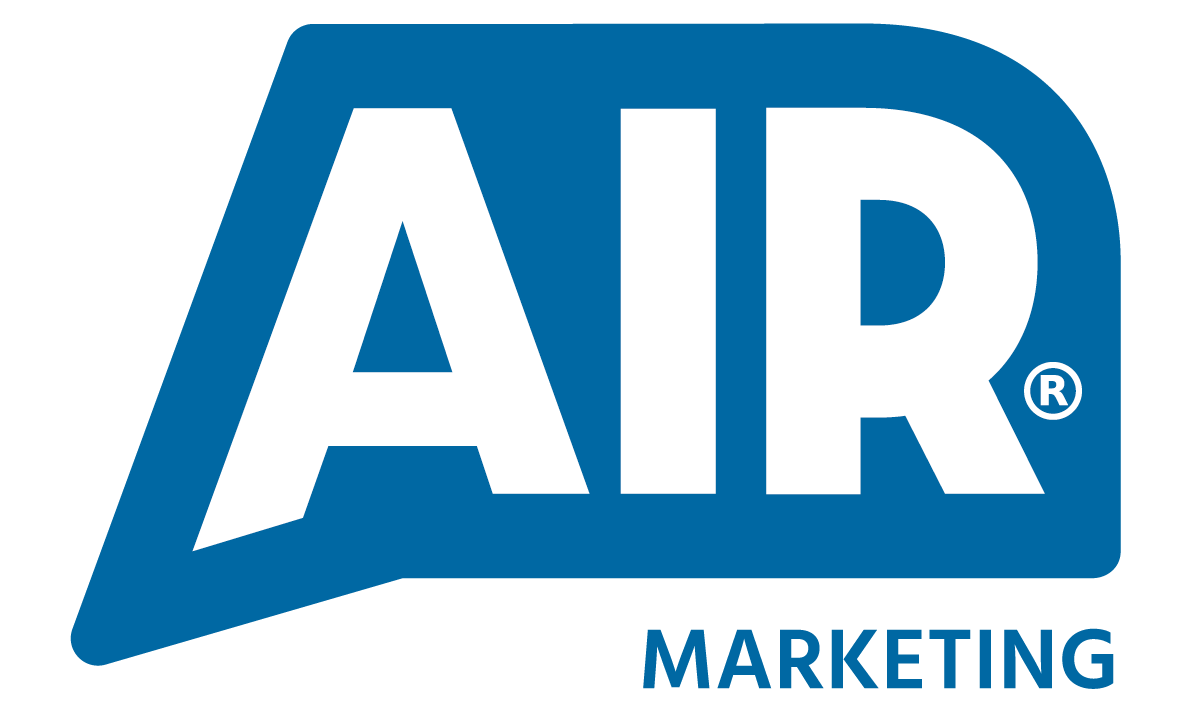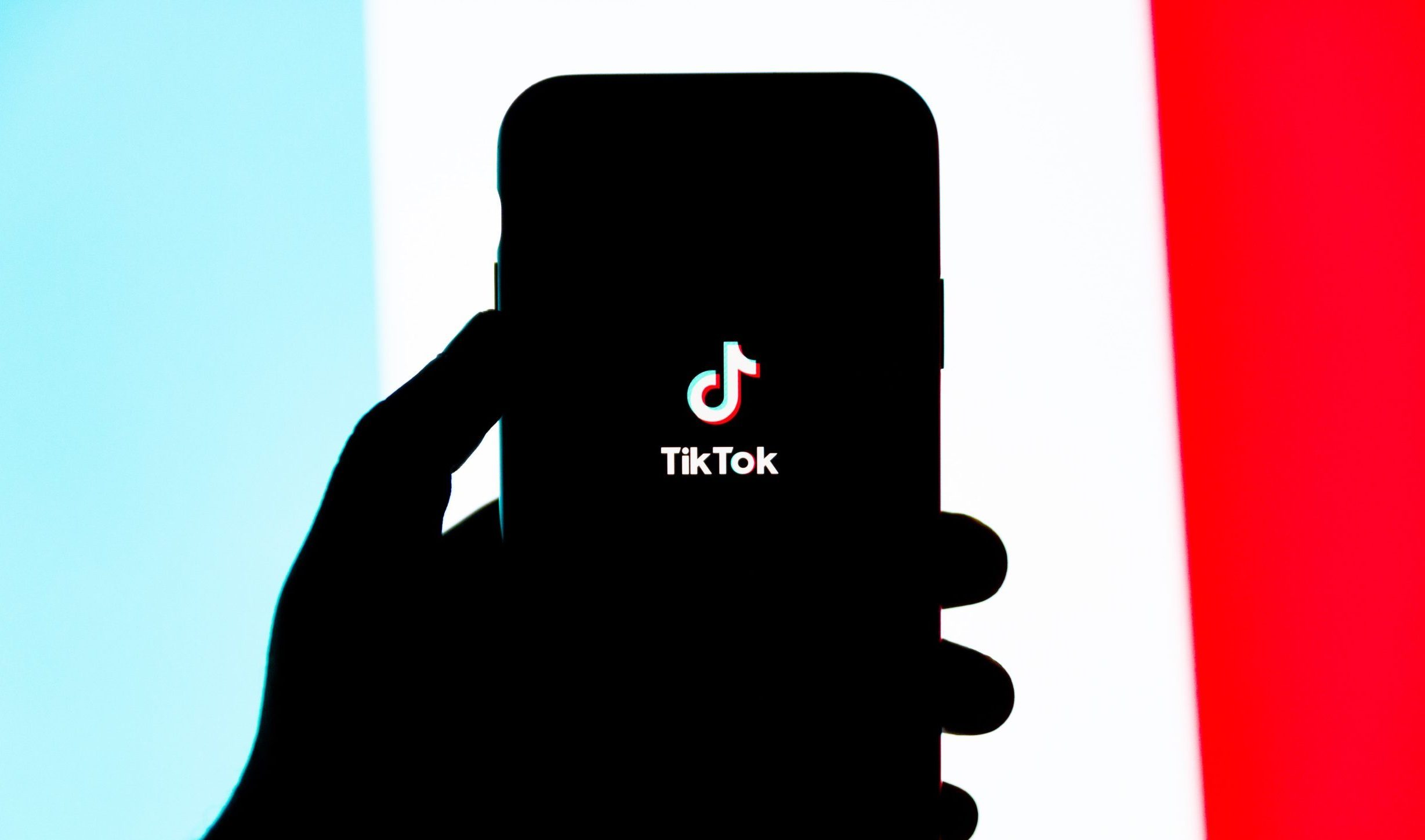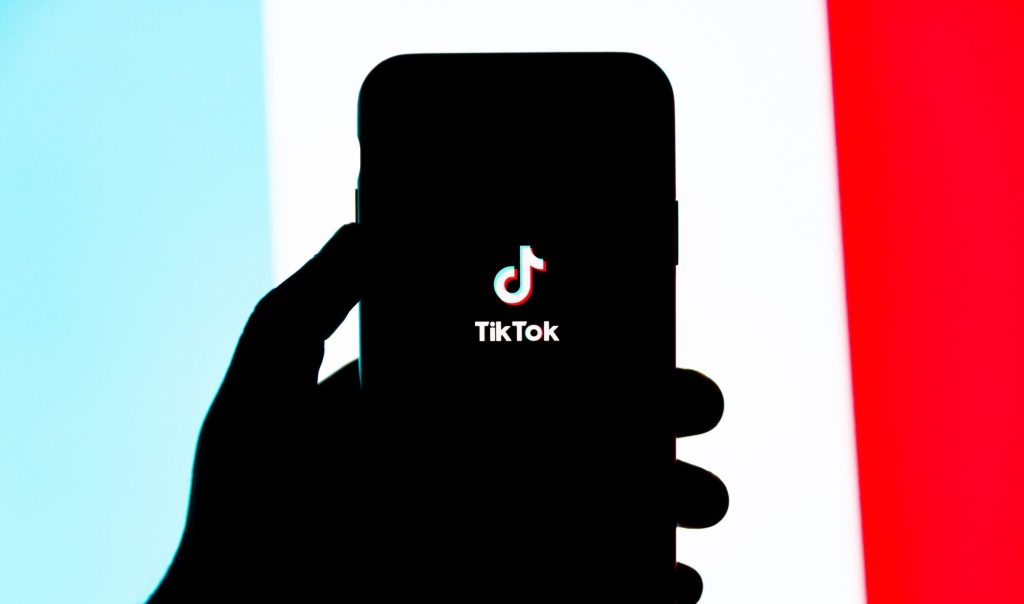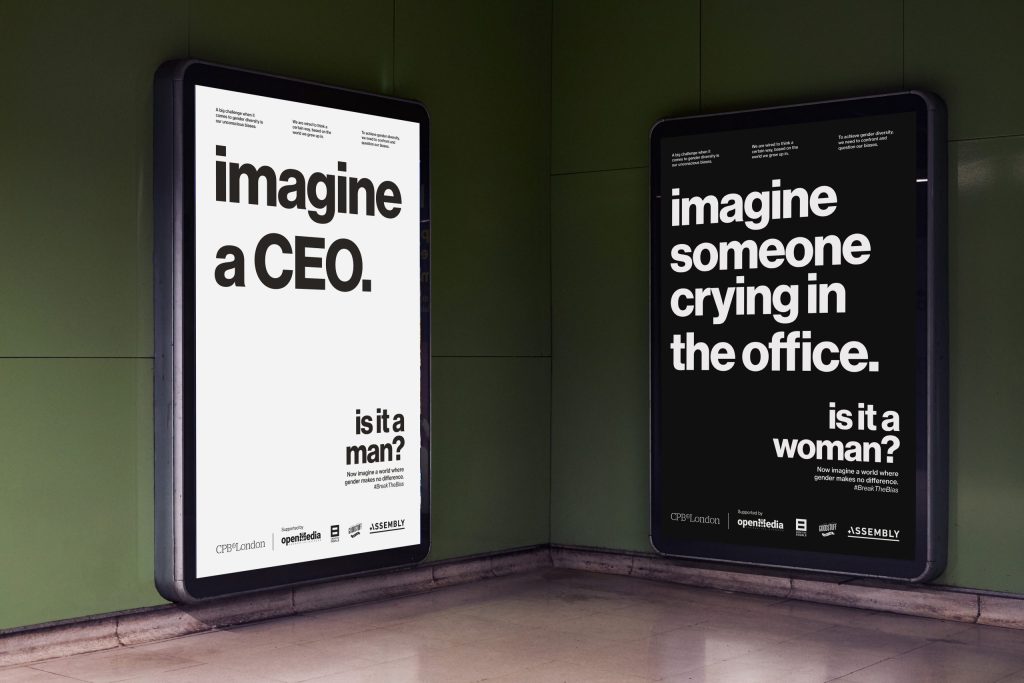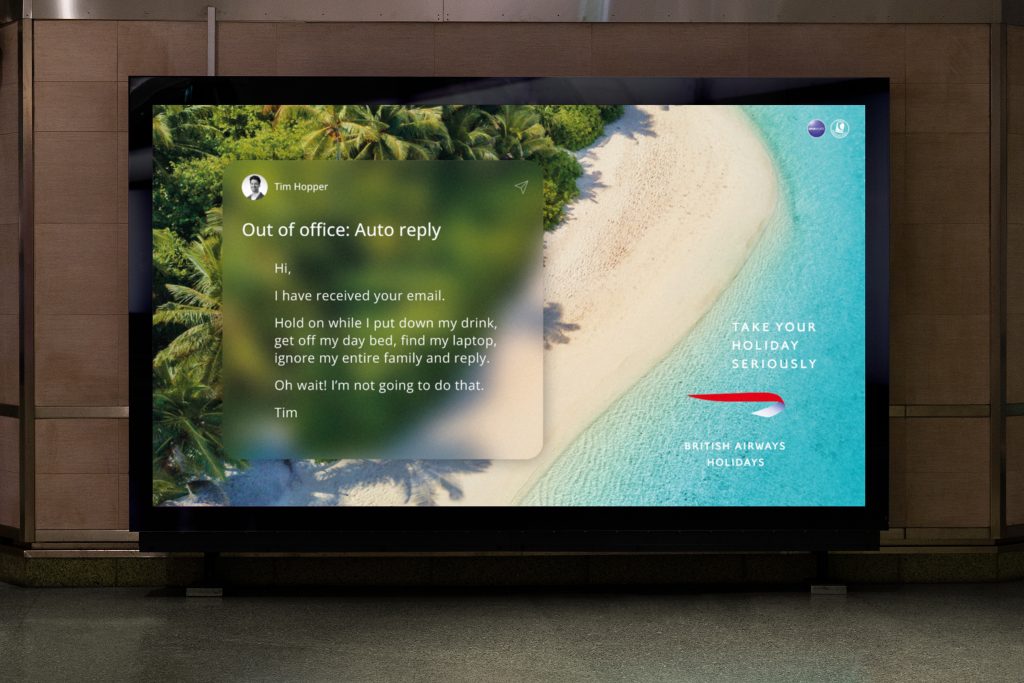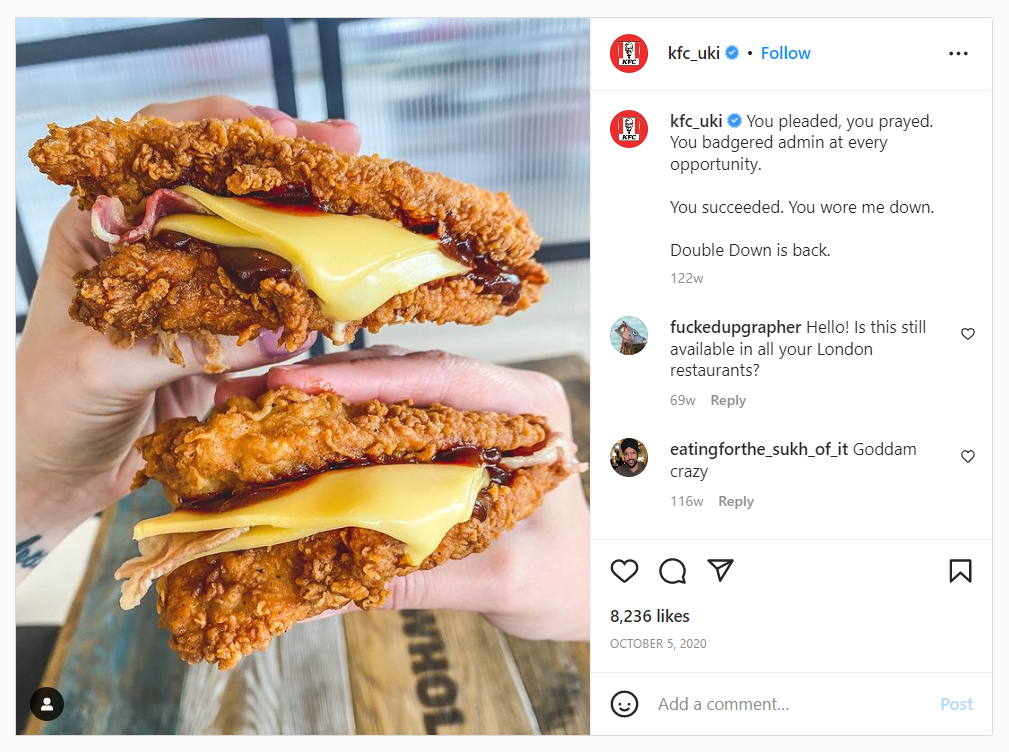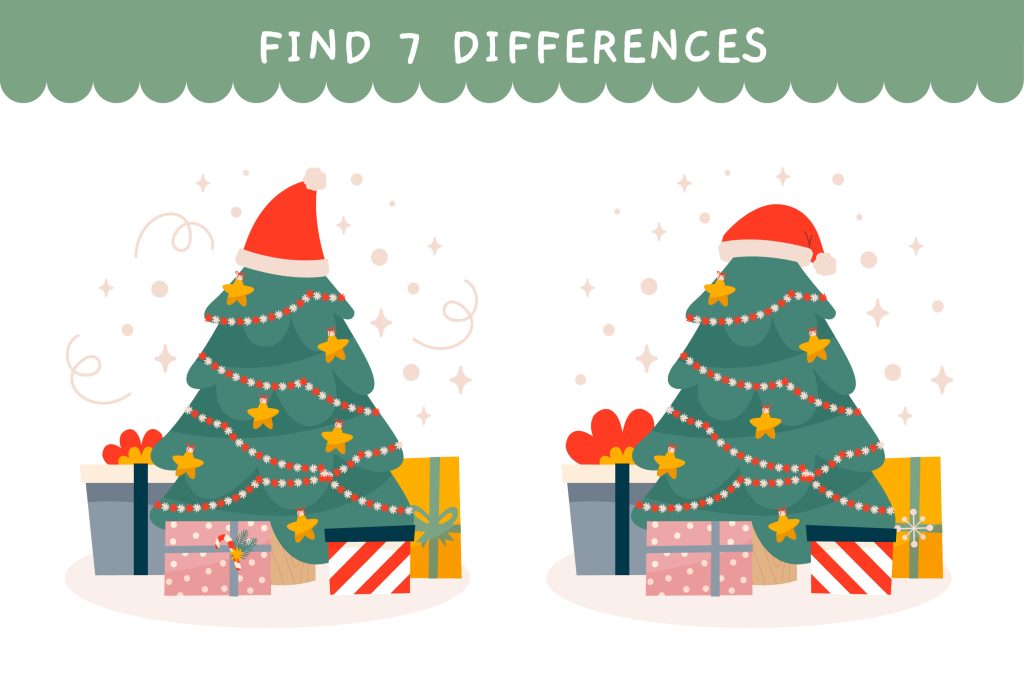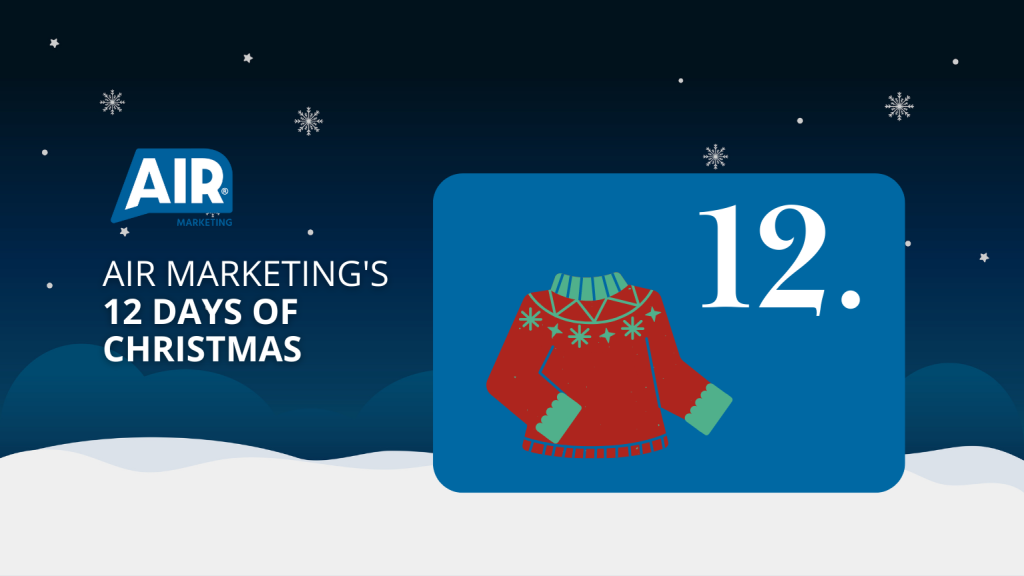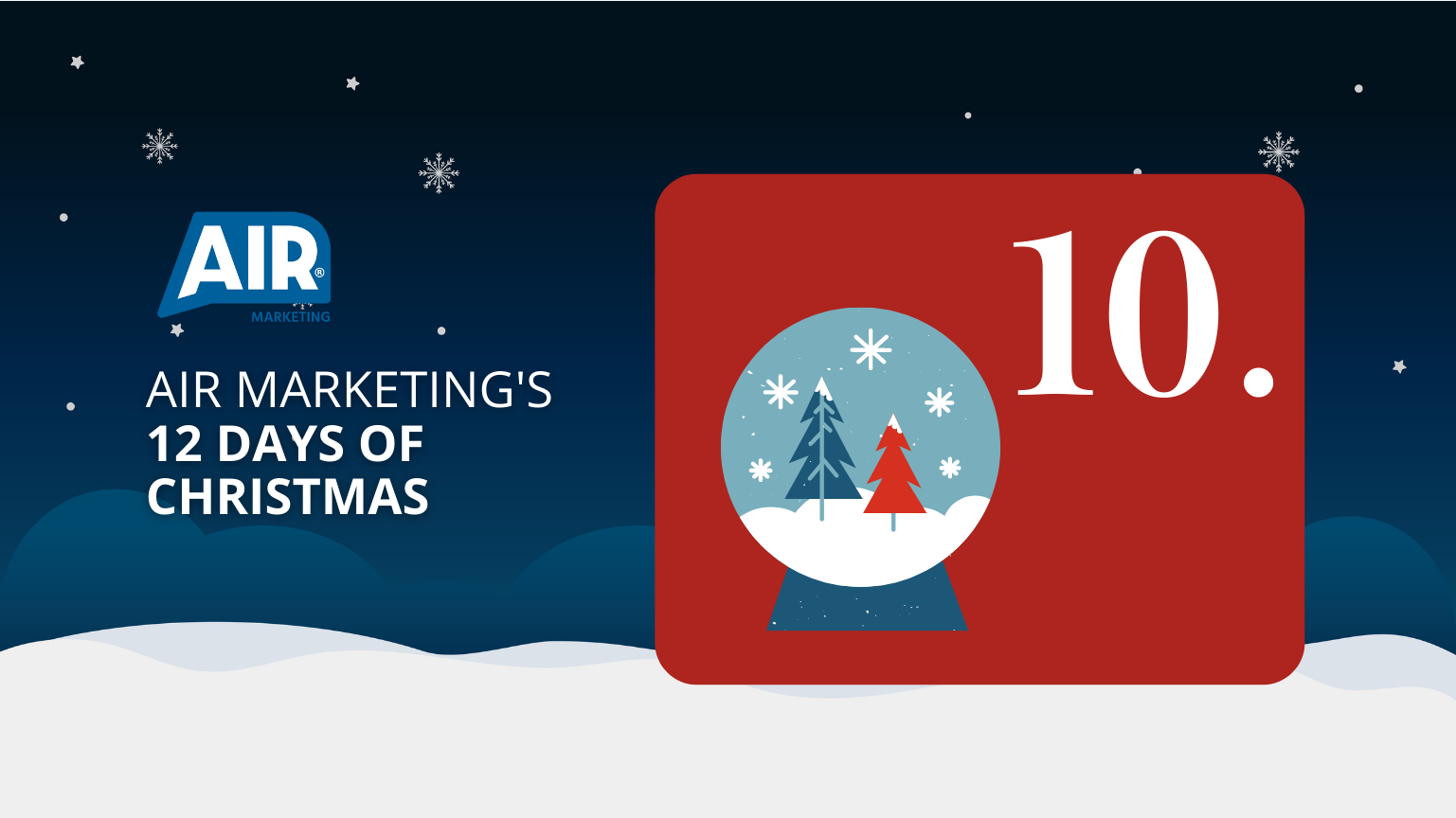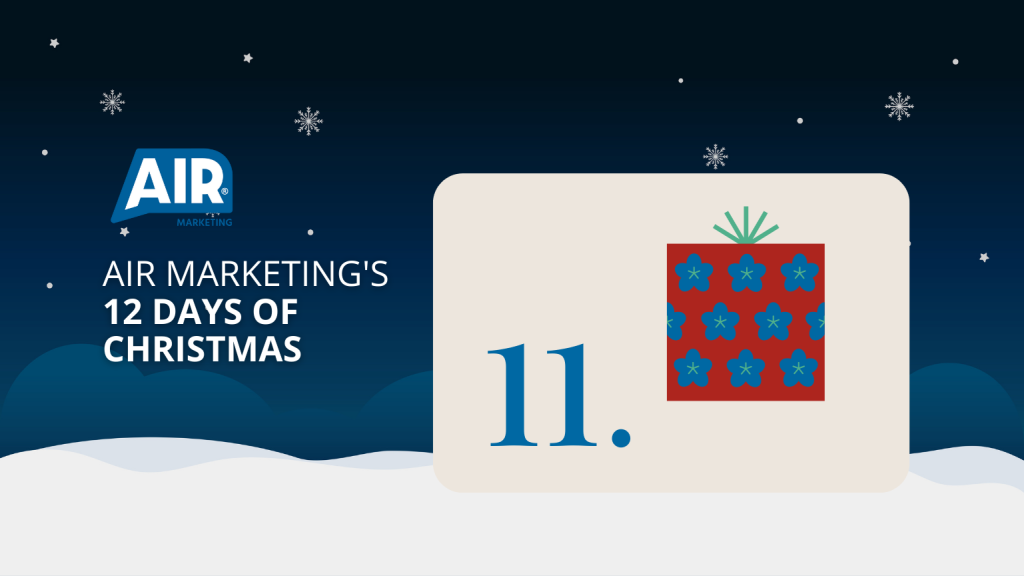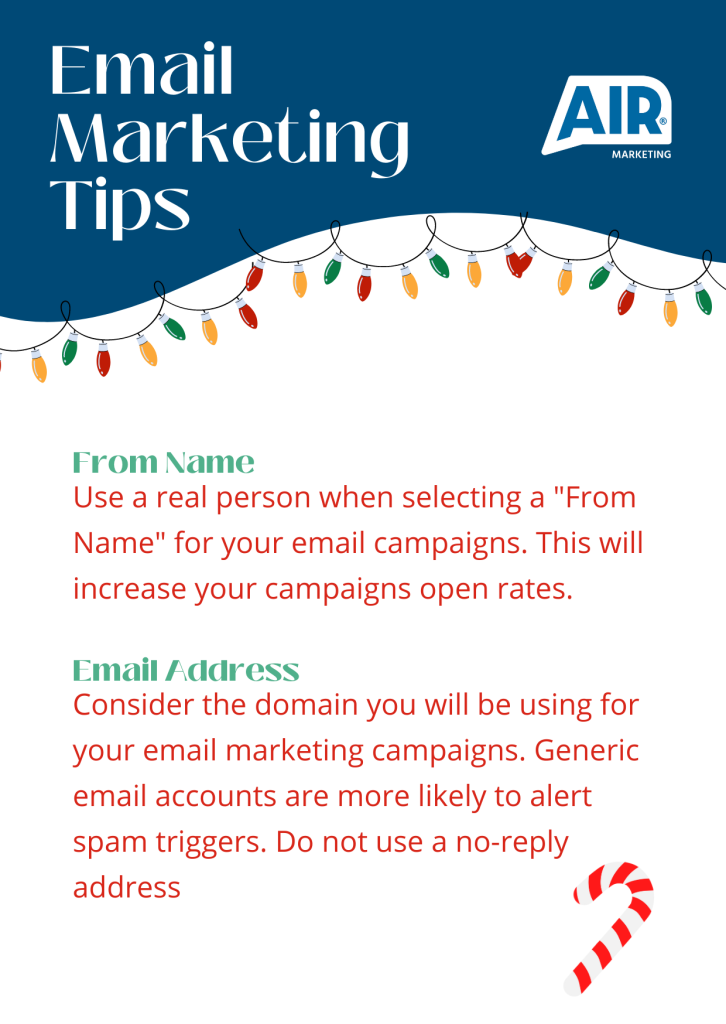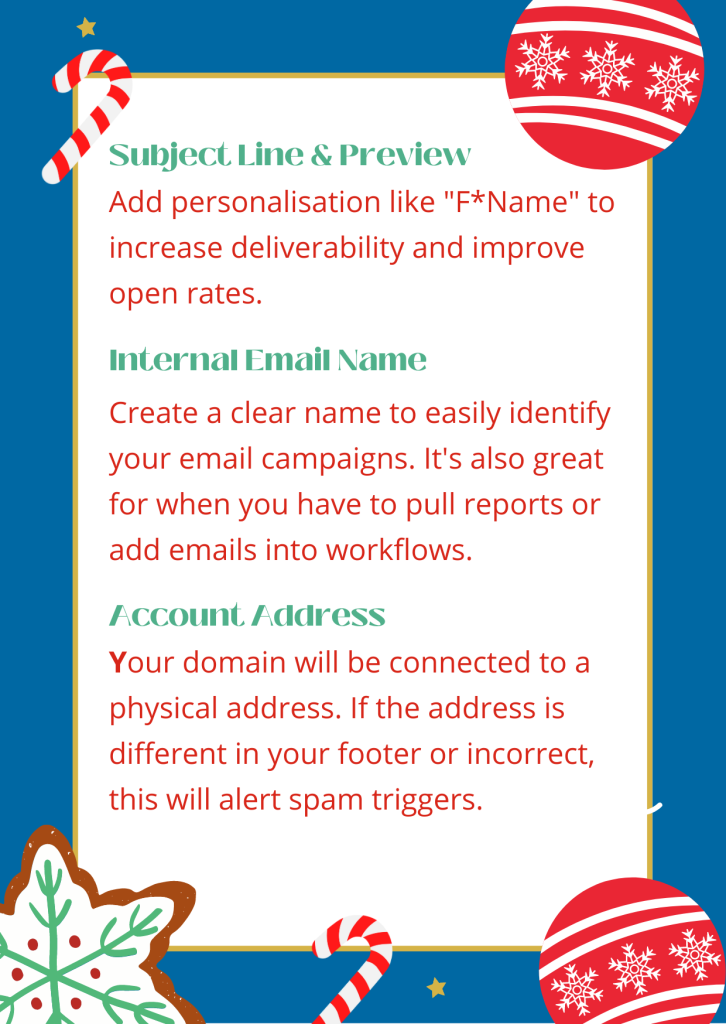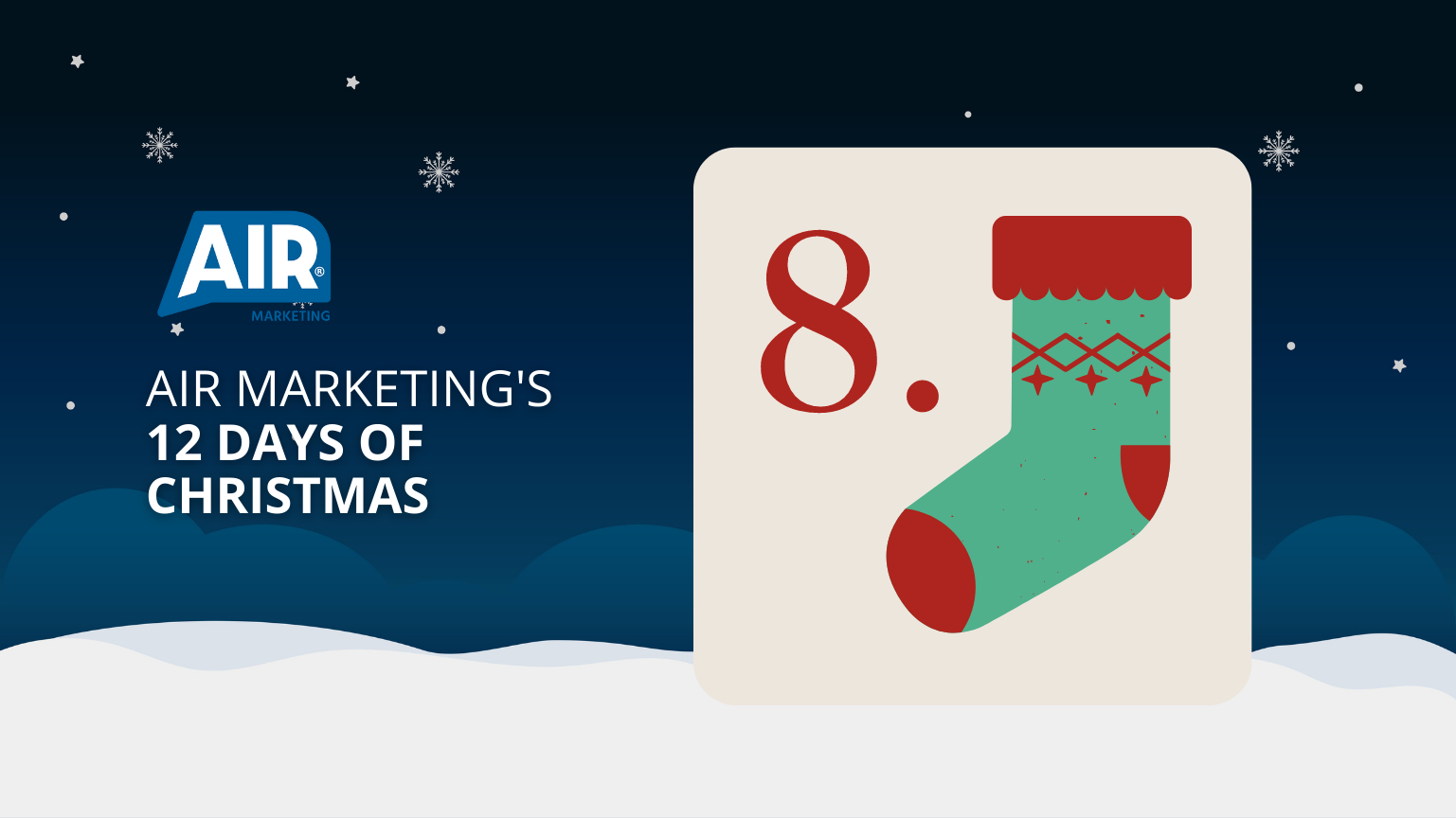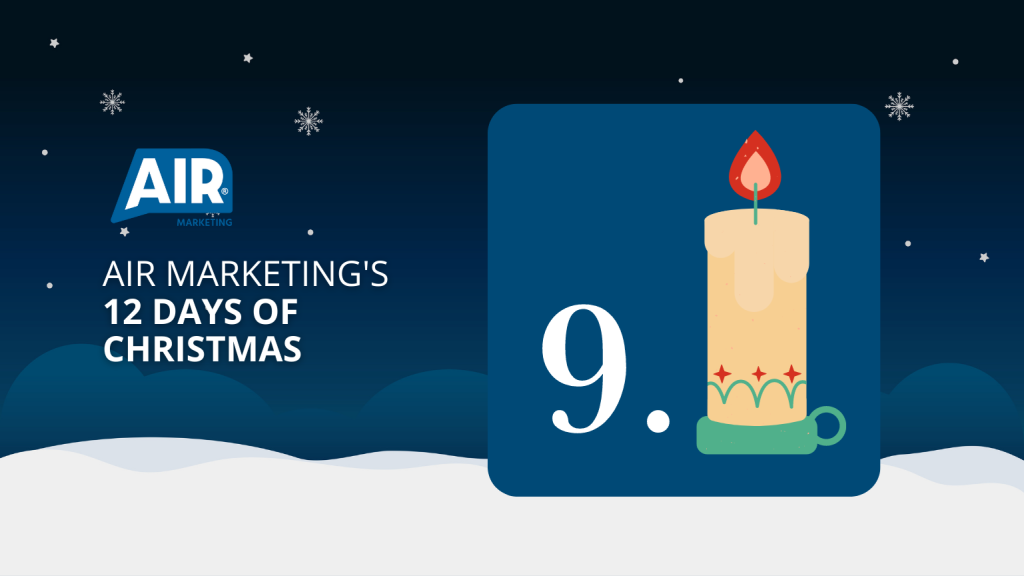To me, LinkedIn is my ‘go-to’ for advertising. Many business owners are extremely successful in using LinkedIn ads to generate more leads and sales, and they do absolutely work if they are done right. Here’s how:
It’s unique
LinkedIn is different from other social networking sites, such as Facebook, Twitter, and Instagram, as it’s designed specifically with business networking in mind.
Options
As well as setting your objectives, whether it’s brand awareness, website, or a lead generation campaign, there are also different options for which format you want your campaign to run as. This is an ‘ad format’ which could be a single image ad, a carousel ad, an InMail, a conversational ad, a video ad and much more! I personally am a fan of single-image ads and carousel ads – anything ‘visual’ gets great results.
Targeting abilities
LinkedIn targeting capabilities are granular, allowing you to target specific industries, company sizes, job titles and more. This makes it easier for businesses to reach their ideal audience.
Trust
LinkedIn is a reliable and trustworthy platform that promotes user engagement with informative content. It stands out as a professional networking platform that prioritises business networking and professional content sharing, in contrast to other social networking platforms that emphasise personal connections, entertainment, and social content sharing.
Reporting at its finest
I recommend producing a weekly report for your campaign. This enables you to make edits to how your campaign is running. For example, you can pull a demographics report and see who is interacting with your ad (job titles/location/industry and so on), and if you’re not happy with who is engaging with your ad, you can easily make adjustments based on the data.
How to create engaging ad content that resonates with your target audience
- Use visually appealing imagery that is relevant to your brand and message
- Use concise, attention-grabbing headlines and copy that clearly communicate your value proposition
- Use customer testimonials or case studies to provide social proof and demonstrate the benefits of your products or services
- Use strong calls-to-action (CTAs) that encourage viewers to take action
For example, a B2B software company could create an ad campaign that features a customer testimonial video, highlighting how their software has helped streamline their business operations. The ad should feature a clear CTA, encouraging viewers to sign up for a free trial of the software.
How to leverage LinkedIn’s targeting capabilities
- Use the targeting options to narrow down your audience based on criteria such as job title, company size, industry, and location
- Use the “Matched Audiences” feature to retarget users who have engaged with your website or other LinkedIn content in the past
- Use the “Lookalike Audiences” feature to reach users who are similar to your existing customers or leads
For example, a B2B marketing agency could create an ad campaign that targets marketing managers at mid-sized tech companies in the United Kingdom. They could also use the Matched Audiences feature to retarget users who have visited their website in the past, and the Lookalike Audiences feature to reach users who have similar job titles and company sizes to their existing customers.
How to ensure you are getting the most out of your ad spend
As mentioned above, it’s important to monitor and optimise your campaigns regularly. This involves analysing your ad metrics to identify areas for improvement, such as increasing click-through rates (CTR) or reducing cost-per-click (CPC). Some best practices for monitoring and optimising your campaigns include:
- Setting up conversion tracking to measure the effectiveness of your ads in driving leads or sales
- Running A/B tests to compare different ad creatives or targeting options
- Adjusting your budgets to optimise your ad delivery and maximize your ROI
By regularly monitoring and optimising your campaigns, you can ensure that your ad spend is being used effectively and that you are reaching your target audience with engaging ad content.
In conclusion, while Facebook, Twitter, and Instagram are popular social networking sites for advertising, LinkedIn stands out as a unique platform designed specifically for business networking. Its granular targeting abilities, diverse ad formats, and reliable user engagement make it a powerful tool for businesses in the B2B space. The ability to produce weekly reports and make adjustments to campaigns based on demographics ensures that businesses can continuously optimise their advertising efforts. However, it’s important to note that each platform has its own unique strengths and should be considered based on individual advertising objectives.
Opinion piece by Nicola Roberts – Senior Digital Marketing Executive at Air Marketing

